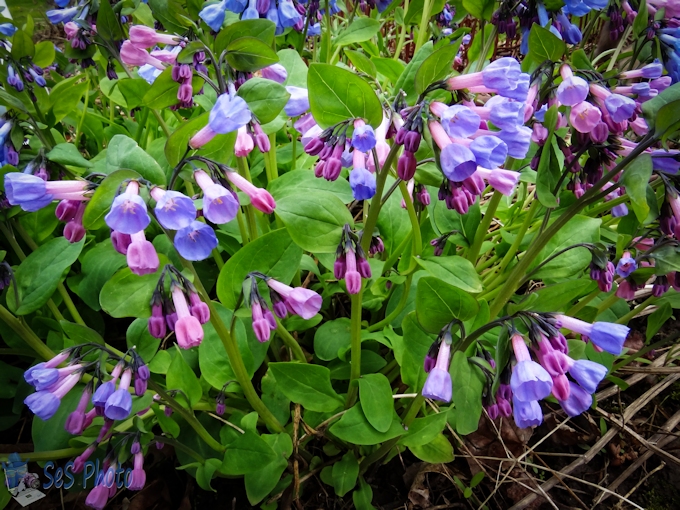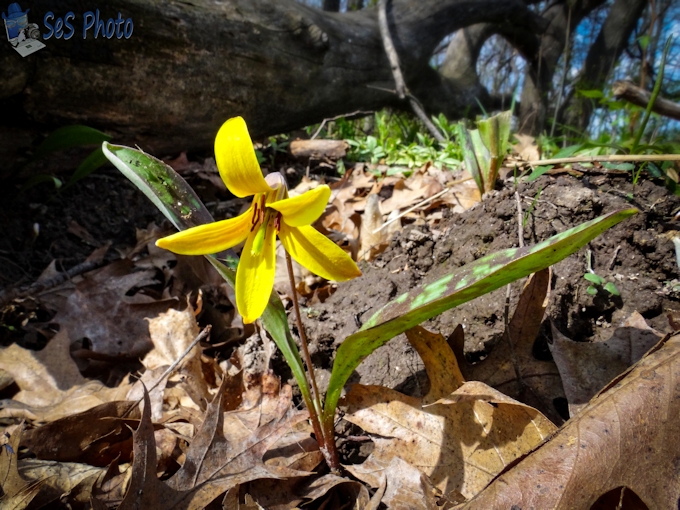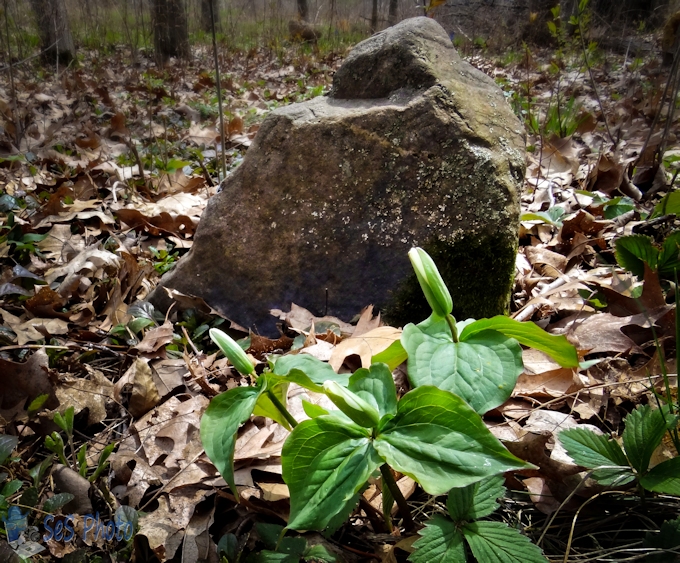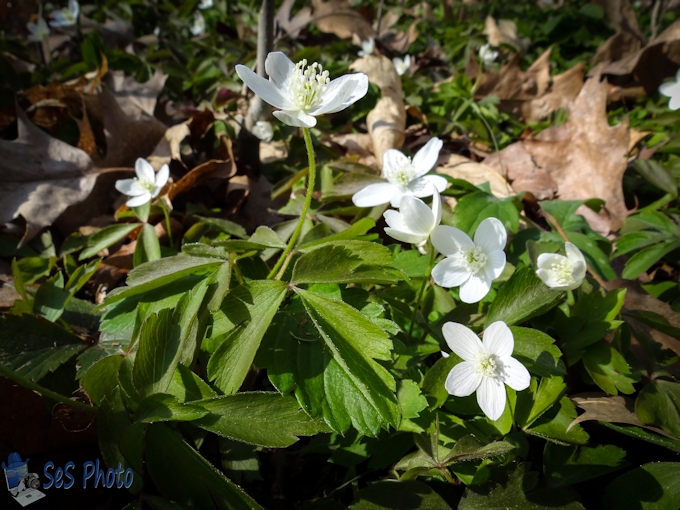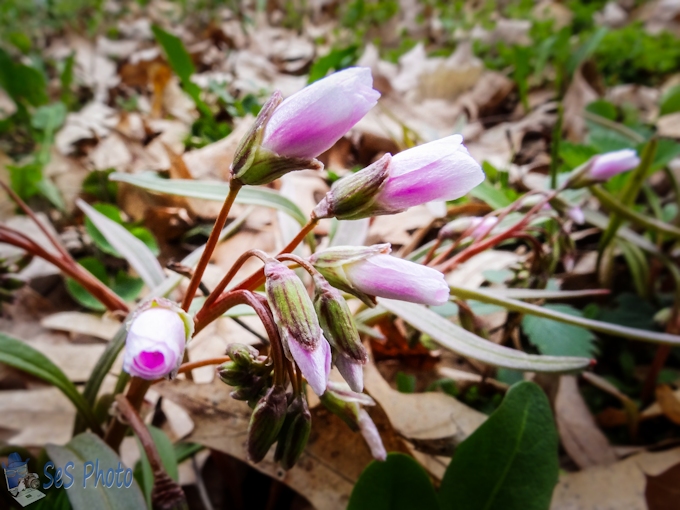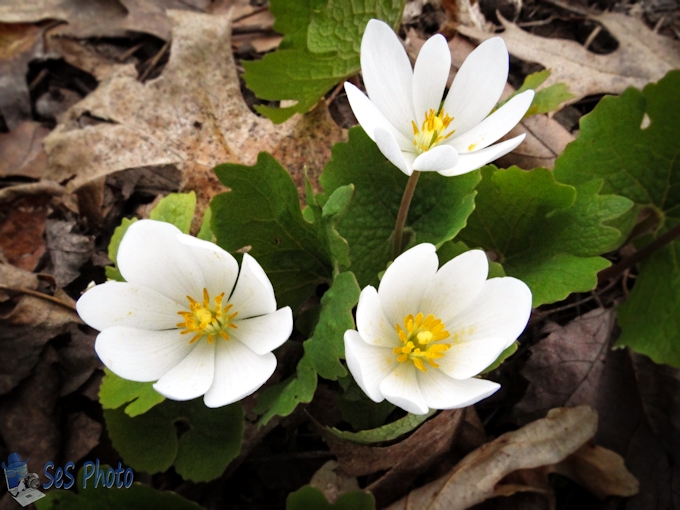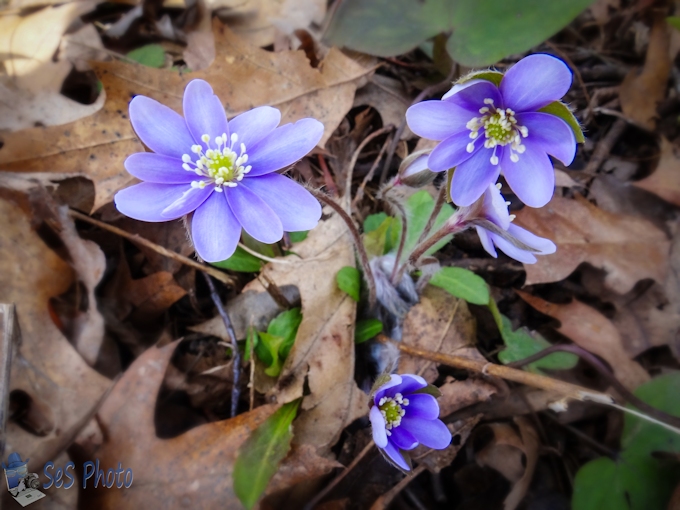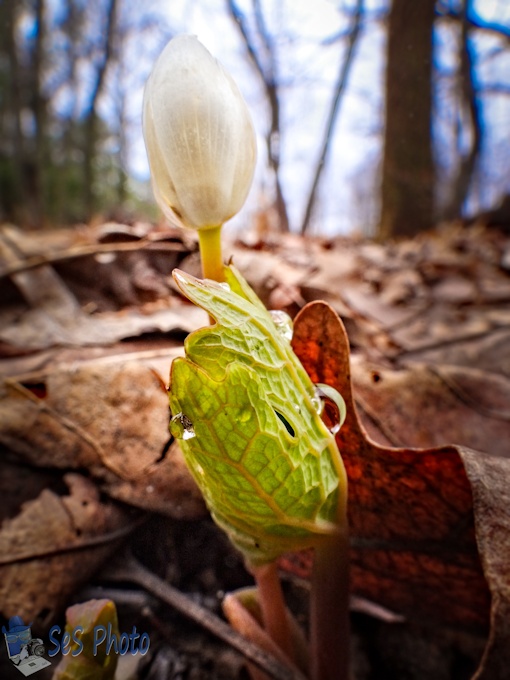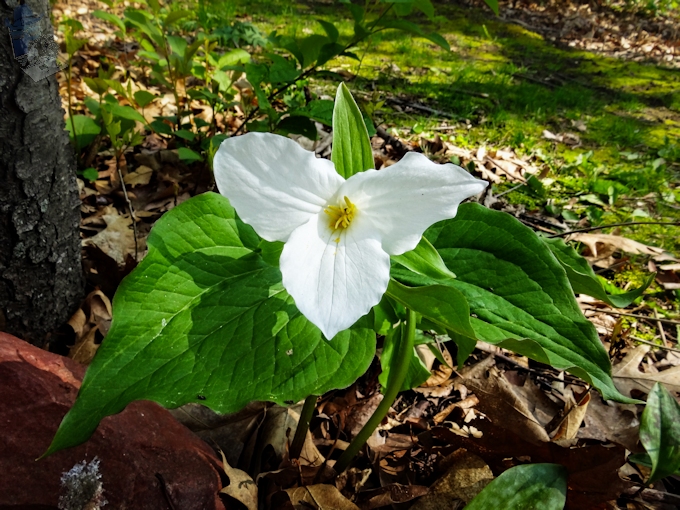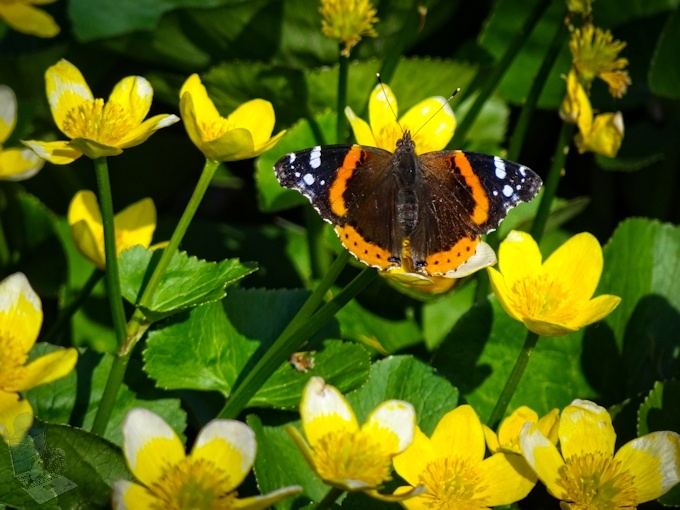A warmer day finally revealed more wildflowers but many of them are spring ephemeral, which emerge quickly in the spring and die back to their underground parts after a short growth and reproduction phase, so they disappear quickly from the woods. The Adder’s Tongue, Trillums, Bloodroot, Spring Beauty, and the Virginia Bluebells are all spring ephemeral plants.
The Virginia Bluebells buds are pink which transition to purple and finally to a sky blue color so one plant provides a rainbow of colors. Only a few blossoms in the back have turned to the blue color so I might have a few more days to take pictures of them before they fade away for another year.
Colorful Virginia Bluebells


